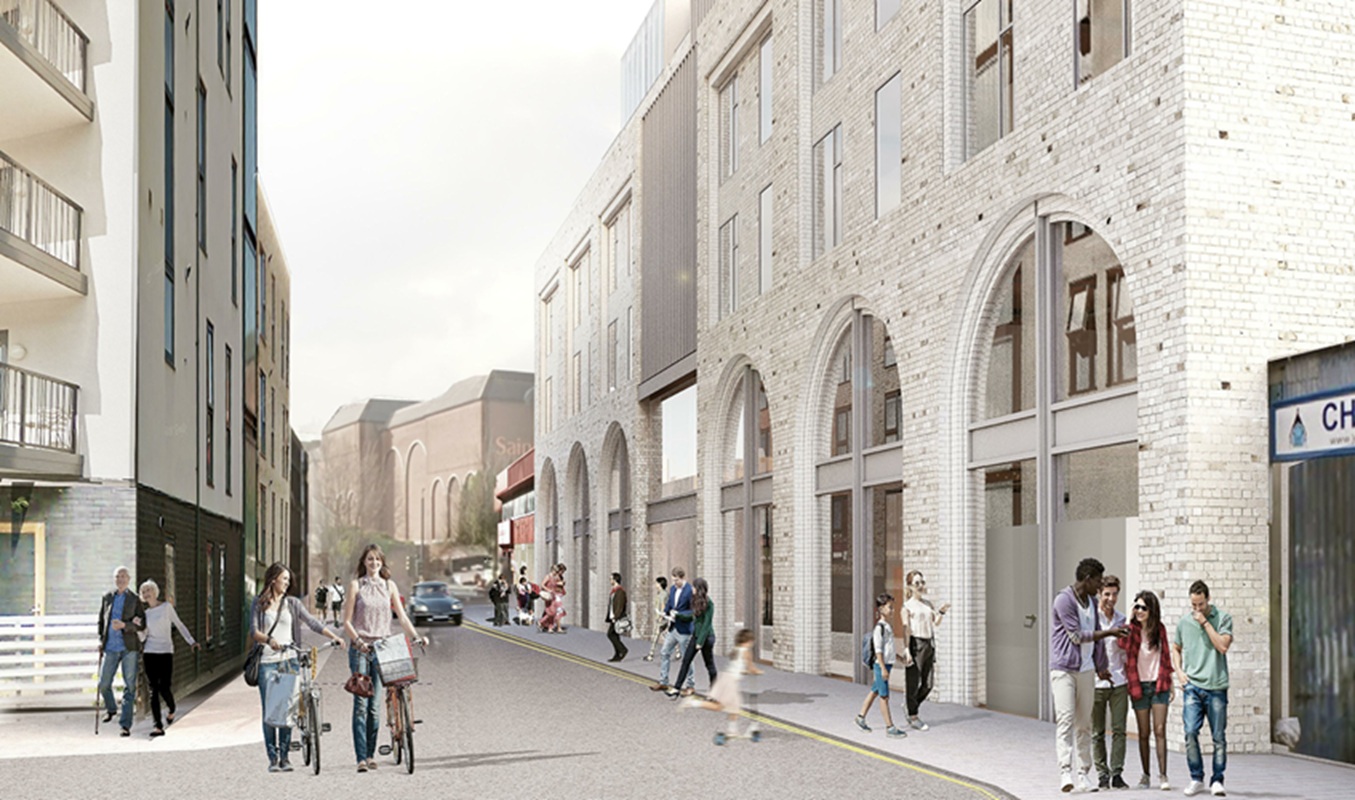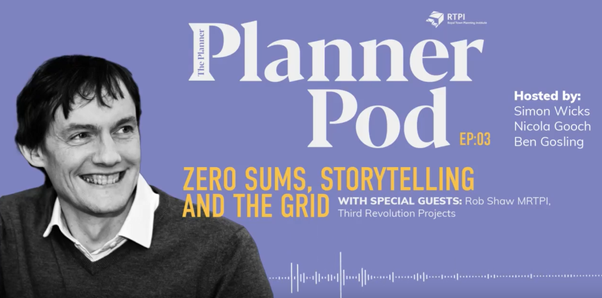Planning and development in the energy transition: challenges, opportunities and cross-sector collaboration
.jpg)
At a recent roundtable hosted by Third Revolution, planning, energy, and infrastructure experts gathered to explore how rapidly shifting energy demands and technologies are reshaping strategic development and plan-making. From grid reform to spatial planning, to the rise of data centres and the rapid transition to electricity for energy, the discussion revealed both significant challenges and major opportunities.
The grid is no longer simple
Driven by falling technology costs, policy momentum, and rapid innovation, the UK’s energy grid is evolving from a centralised model to a highly complex, decentralised system. Distributed renewables, energy storage, and the electrification of homes, transport and industry are creating new pressures on infrastructure, development and on the planning system.
Uncertainty around grid capacity and reform, especially with NESO’s 2030 targets in view, is raising questions about how to align new development with infrastructure, and who foots the bill for upgrades.
One key concern? Some parties, including strategic land promoters are often bearing disproportionate costs for grid upgrades, placing housing and decarbonisation targets at risk.
High-energy users: problem or catalyst?
A major theme was the impact of large energy users, particularly hyperscale data centres. These facilities require massive, firm grid connections (sometimes 200MW+), potentially putting them in competition with residential and commercial schemes.
But participants also highlighted their potential catalytic role: co-located renewable generation can boost efficiency and reduce operating costs, while data centres themselves can anchor new development, unlock grid capacity to the benefit of other developers, and support economic growth.
When planned holistically, they can help drive delivery of housing, jobs, and infrastructure. The implication is that energy infrastructure needs to central to masterplans, economic or local plans.
Regional opportunity: Scotland and beyond
Scotland’s surplus wind generation is already attracting energy-intensive industries and offers a model for other parts of the UK experiencing high growth in low-cost renewable energy. NESO could avoid tens of millions in curtailment costs, while local communities benefit from new jobs and economic activity.
This points to a broader opportunity: aligning economic growth with energy strengths—using spatial and economic planning to attract industry to areas rich in renewable energy.
Heating and renewable tech: the 2020s decade of decision
From individual heat pumps to district heating networks, the transition to renewable heating is underway but complex. Technical and financial challenges mean that no one-size-fits-all solution will work. Instead, the group called for location-specific strategies backed by strong data, evidence, and collaboration.
Finance vs. spatial strategy
Many noted that financial considerations currently drive development more than integrated planning. Developers often face up-front infrastructure costs, especially for heat networks and grid upgrades, which can delay or derail strategic sites.
Yet ESG criteria and growing investor interest in sustainable development are pushing in the right direction and opening up new opportunities for cross-sector partnerships to align energy users, infrastructure, and development.
Looking ahead: coordination is crucial
Key takeaways from the discussion:
- Data centres can unlock grid capacity for surrounding development and support district heating.
- Strategic planning must better align with grid infrastructure to avoid costly delays and unlock viability.
- New generation, IDNOs and demand-reduction strategies can help mitigate grid capacity constraints.
- Growing availability of low cost electricity from renewables can drive economic growth.
- Public sector leadership and collaboration across sectors is essential to match development with grid capacity and avoid missed opportunities.
At Third Revolution, we’re continuing these conversations and helping clients bridge the gap between planning, energy and economics. If you’re tackling these challenges, or see opportunities to collaborate, get in touch.
The future is complex, but the solutions are within reach.
More News
Stay up to date with our informative articles.








